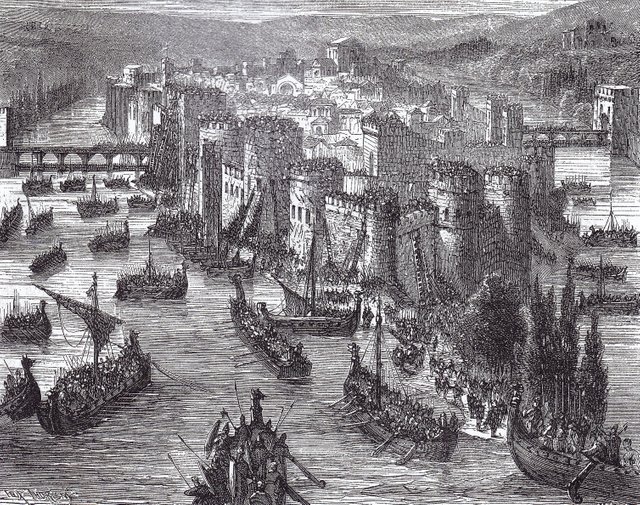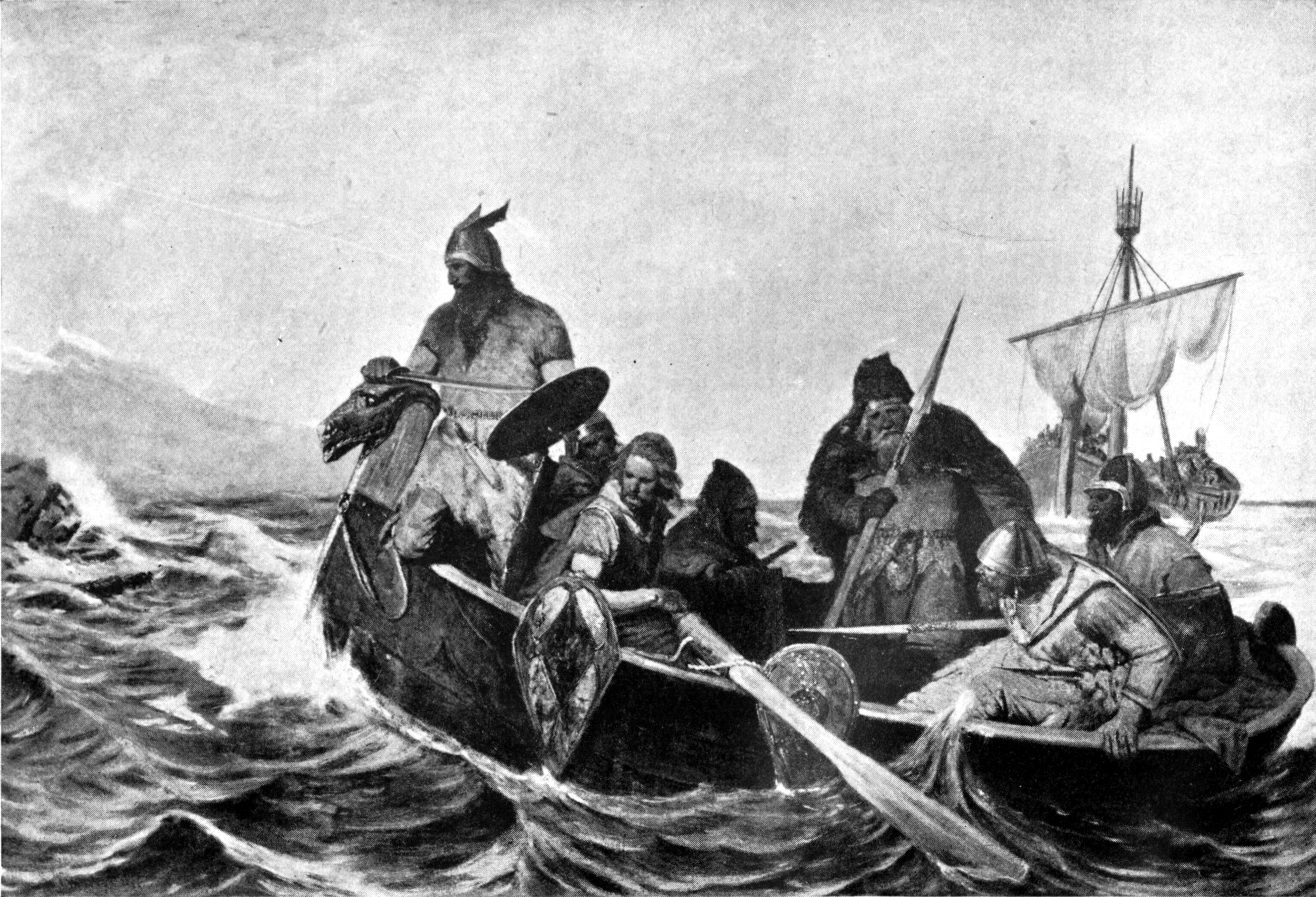The History Behind Vikings: Part I - Legendary Sagas and the Tale of Ragnar Lodbrok
The TV series Vikings follows the adventures of the mythical Norseman Ragnar Lodbrok, as well as his sons, and the conflicts that arose when they came into contact with the Anglo-Saxon kingdoms of Wessex, Northumbria and Mercia in what would one day be England. But when it comes to these legends, it can be difficult to tell what is fact and what is fiction.
Yes, there is a Norse saga about Ragnar's exploits and famous progeny. However, according to Encyclopedia Britannica, these are not historical texts. These accounts were oral history and legends of the time that parallelled historic events such as the Siege of Paris (845).

Siege of Paris (845), the Viking siege by Ragnar Lodbrok
The mythical Norseman is said to have fathered sons who are also important figures, like Ivar the Boneless, Halfdan, and Ubba.
Vikings writer Michael Hirst, also known for Elizabeth: The Golden Age and The Tudors, said in an interview with History Answers that he focused on Ragnar because he was a Viking chieftain, interesting in his own right, and also gave the series the opportunity to show a dynasty.
"His sons, including the wonderfully named Ivar the boneless, became more famous than he was. It gave me the opportunity to write about a dynasty and to continue to explore for however long History or MGM want to continue this saga. We can go on through the sons. Bjorn his oldest son sailed around the Mediterranean, they colonized Iceland and went to Greenland."
In his All About History interview, Michael Hirst also sets the record straight about Viking brutality. He said:
“I have a very academic background, I attended three universities and I thought I was going to be an academic. But a series of accidents led to me writing for movies and then TV.
People said it wasn’t really possible to write a series about Vikings because they were so nasty, that they were brutish and just pillaged and raped everyone. But the more I read and understood the more I realized that this was a rich and wonderful culture that had been stigmatized by their enemies, the Christian monks who had an axe to grind against them.
I just fell in love with their paganism and how democratic they were compared to other societies.”
The series is also inspired by the tales and culture of the Norsemen of early medieval Scandinavia. It broadly follows the exploits of the legendary Viking chieftains such as Ragnar, their immediate families and descendants, as notably laid down in the 13th-century sagas Ragnars saga Loðbrókar and Ragnarssona þáttr, as well as in Saxo Grammaticus's 12th-century work Gesta Danorum.
So, Norse legendary sagas were partially fictional tales based in the Norse oral tradition, written down about 200 to 400 years after the events they describe.
Further inspiration is taken from historical sources of the period, such as records of the Viking raid on Lindisfarne depicted in the second episode of the first series, or Ahmad ibn Fadlan's 10th-century account of the Volga Vikings. The series begins at the start of the Viking Age, marked by the Lindisfarne raid in 793.
The most significant medieval sources that mention Ragnar include:
• Book IX of the Gesta Danorum, a 12th-century work by the Christian Danish chronicler Saxo Grammaticus,
• the Tale of Ragnar's sons (Ragnarssona þáttr), a legendary saga,
• the Tale of Ragnar Lodbrok, another saga, a sequel to the Völsunga saga,
• the Ragnarsdrápa, a skaldic poem of which only fragments remain, attributed to the 9th-century poet Bragi
Boddason
• the Krákumál, Ragnar's death-song, a 12th-century Scottish skaldic poem.
Source: Wikipedia
There has been a lot of criticism given to the Vikings series by historians who have issue with some of the inaccuracies that the show presents. As with any historical adaptation, there is always going to be some fiction mixed in with the facts. This can be due to time and budget constraints, or because at the end of the day, TV shows are looking for drama to keep people interested and entertained..
Regardless of where Vikings may go astray, the general feeling seems to be that Vikings does a good job of representing Dark Ages Scandinavia — more or less!
*All images used for this post are allowed for reuse

